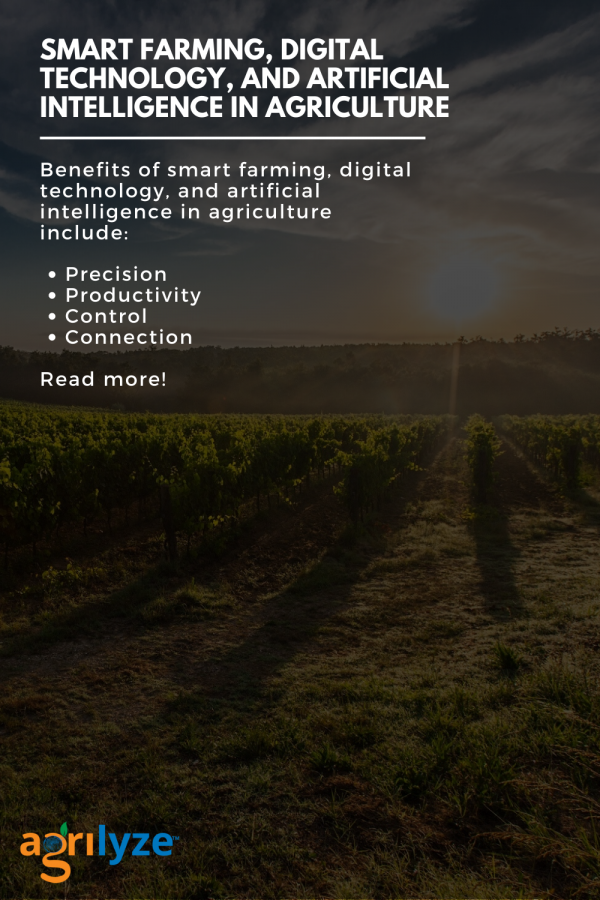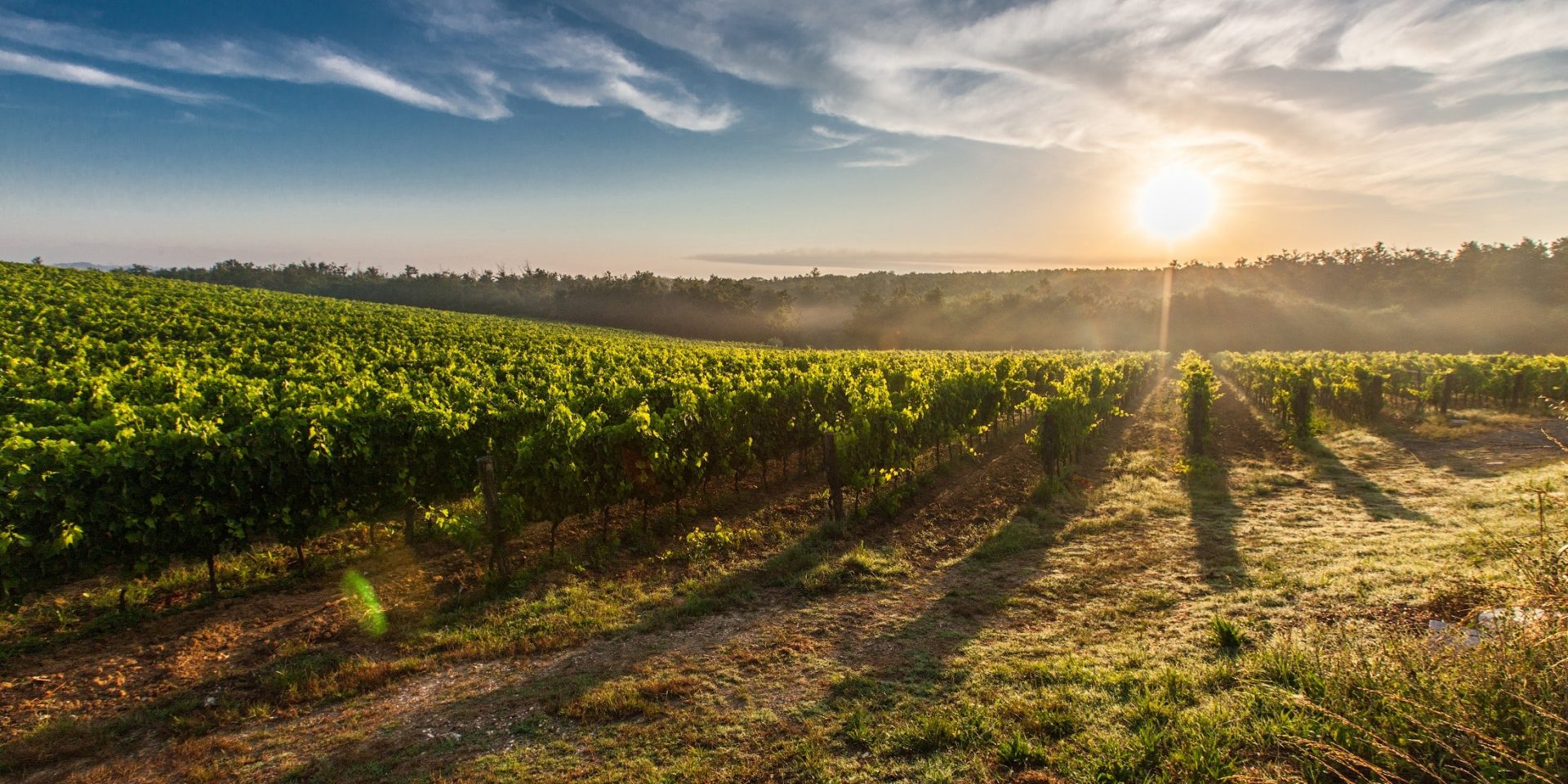What Role Do Smart Farming, Digital Technology, and Artificial Intelligence Play in Agriculture?
What role do smart farming, digital technology, and artificial intelligence play in agriculture? As one example of digital technology, drones have been actively used in agriculture for the past couple of decades, with capabilities of performing precise jobs like crop spraying. Previously, aerial application was used, which involved spraying crops with crop protection products from an agricultural aircraft. With the use of airstrips for landing and take-off, it was difficult to carry heavy loads of pesticide volumes to reach extensive areas. This also caused extended periods of exposure, increasing risk to the ground crews. Drone technology has reshaped itself from high-volume to Ultra Low Volume (ULV) pesticide application, where only active ingredients are used to reach crop foliage efficiently for wider control of pests and diseases.
Drones have ushered farmers into a new era of agriculture. In this digital age, artificial intelligence (AI) is used to automate agricultural practices based on data collected through digital technologies, allowing farmers to analyze and make precise decisions contributing to farming solutions. This whole scenario has changed the shape of agriculture. Today, it can be referred to as smart farming, precision farming or the widely used term Agriculture 4.0. This article will cover how drone technologies and AI are used in modern farming applications.
Precision
So, how does it work? Drones equipped with computer vision collect data points from the farms’ existing crops. Then GPS, digital cameras, field sensors, central control (the ability to program, monitor, and adjust a large irrigation system, sometimes with hundreds of stations, from one central location, usually a computer) and digital repository (information systems that ingest, store, manage, preserve, and provide access to digital content) technologies are used to gather specific field information. AI allows farmers to address problems and decide on a further plan of action. In one example, we can deploy a machine to monitor disease occurrence and it will also provide guidance on location, severity, disease type and the optimum fungicide dosage to administer using smart algorithms alongside expected results based on the history of previous fungicide application and relevant controls. This means growers have the option of choosing the best – and most precise – available solution for their farm, making their operation more precise.
Productivity
Another application of AI allows farmers to determine crop moisture and its impact on productivity. This is a critical factor as any slight variation in moisture conditions can take down large areas of land in one fell swoop. To overcome moisture and other stress challenges, AI technology can help to schedule irrigation intervals. A central computer receives instant reporting which turns the irrigation system on at the specific location where stress is occurring. Then, a reverse message is launched to shut the irrigation down once sufficient levels of humidity are attained. These methods allow farmers to focus on productivity, contributing sufficient levels of input to increase overall crop yields.
Control
One of the biggest AI-based roles in digital farming is having the ability to differentiate weeds from beneficial crops, then further classifying weeds into sub-categories. This allows farmers to control each weed separately. It is important to note that weeds are always a threat to crops, in some cases reducing crop productivity by 30% or more. AI is able to deploy individual vehicles for each weed class, launching a search and destroy operations without spraying beneficial crops, thus reducing the effects of pollution on our environment. Furthermore, multiple vehicles can be deployed simultaneously to spray different categories of unwanted plants or weeds. With these new technologies, farmers have a wider range of control of their processes and a greater ability at ensuring crops output high-quality products.
Connection
Overall, crops have varying micro-climates and needs in terms of precise data regarding nutrition application, soil pH, moisture, and harvesting. Climate change is a potential threat as weather extremes impact crop potential and productivity. So, AI is helpful at mitigating risk, increasing productivity, decreasing costs and saving farmers time. These new or recently established digital technologies contribute toward a new era of smart farming and enable farmers to make precise decisions on important actions that impact farm profitability and efficiency. As farmers grow toward the future, they connect to more doing less, using data from multiple sources on one platform (Agrilyze). This is precision farming!



